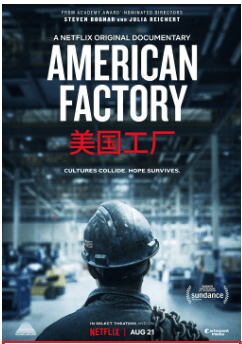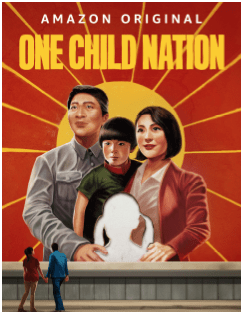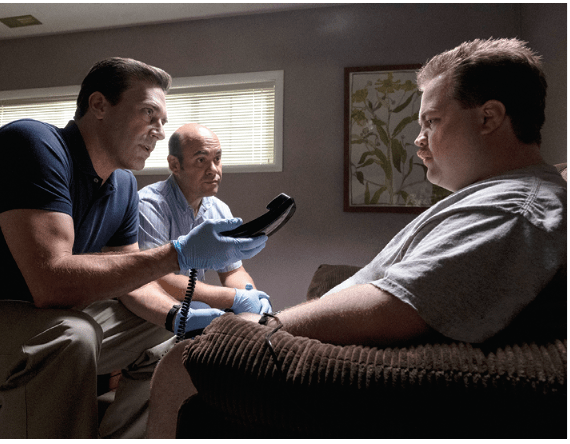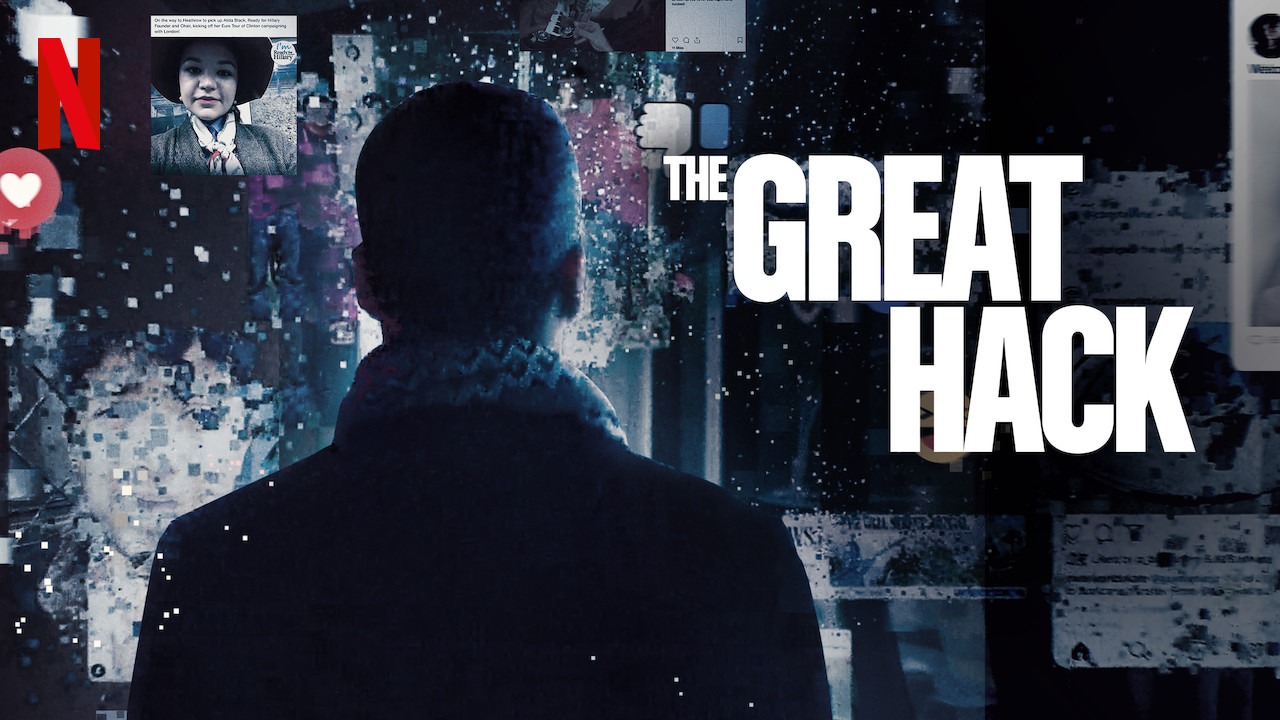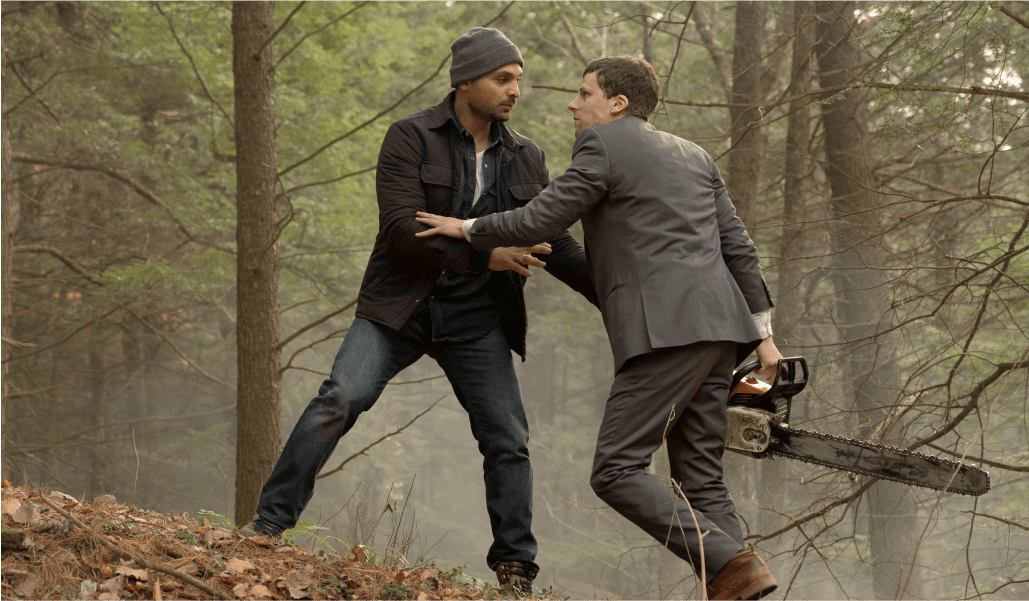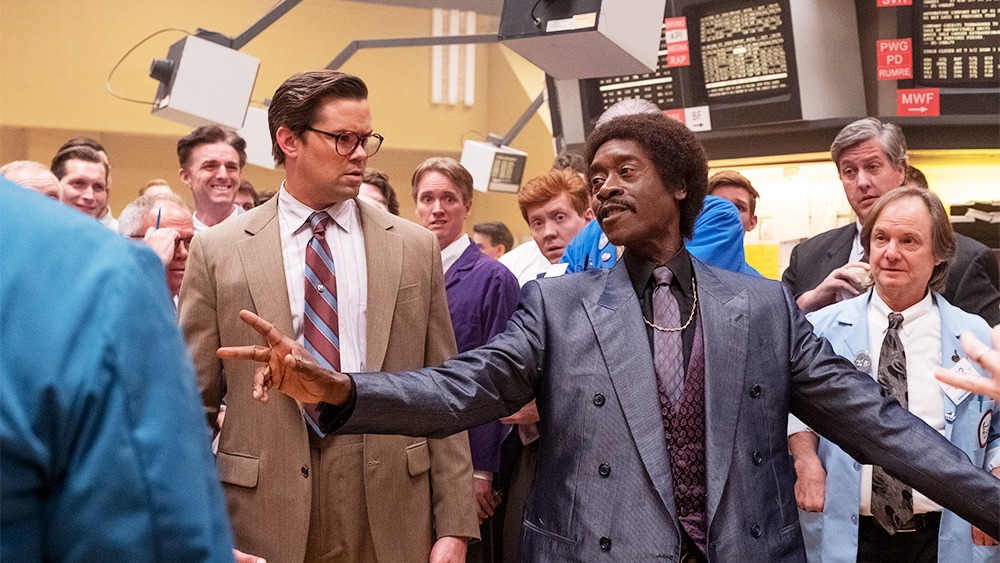They Shall Not Grow Old
A must-see documentary for history buffs...a rare look into the hearts and minds of soldiers a century ago.


Academy Award-winning filmmaker Peter Jackson has created a time machine of sorts with his new World War I documentary They Shall Not Grow Old. By capitalizing on the newest technology he’s managed to convey the hopes, fears, humor, camaraderie and alienation of soldiers in the trenches of the Western Front.
Moments of abject terror punctuate hours of monotony in
the squalid earthen burrows in Northern France. It was an existence every bit as alien to contemporary Americans as the worlds Jackson depicted in earlier directorial efforts, which have included “The Lord of the Rings” and “The Hobbit” trilogies.
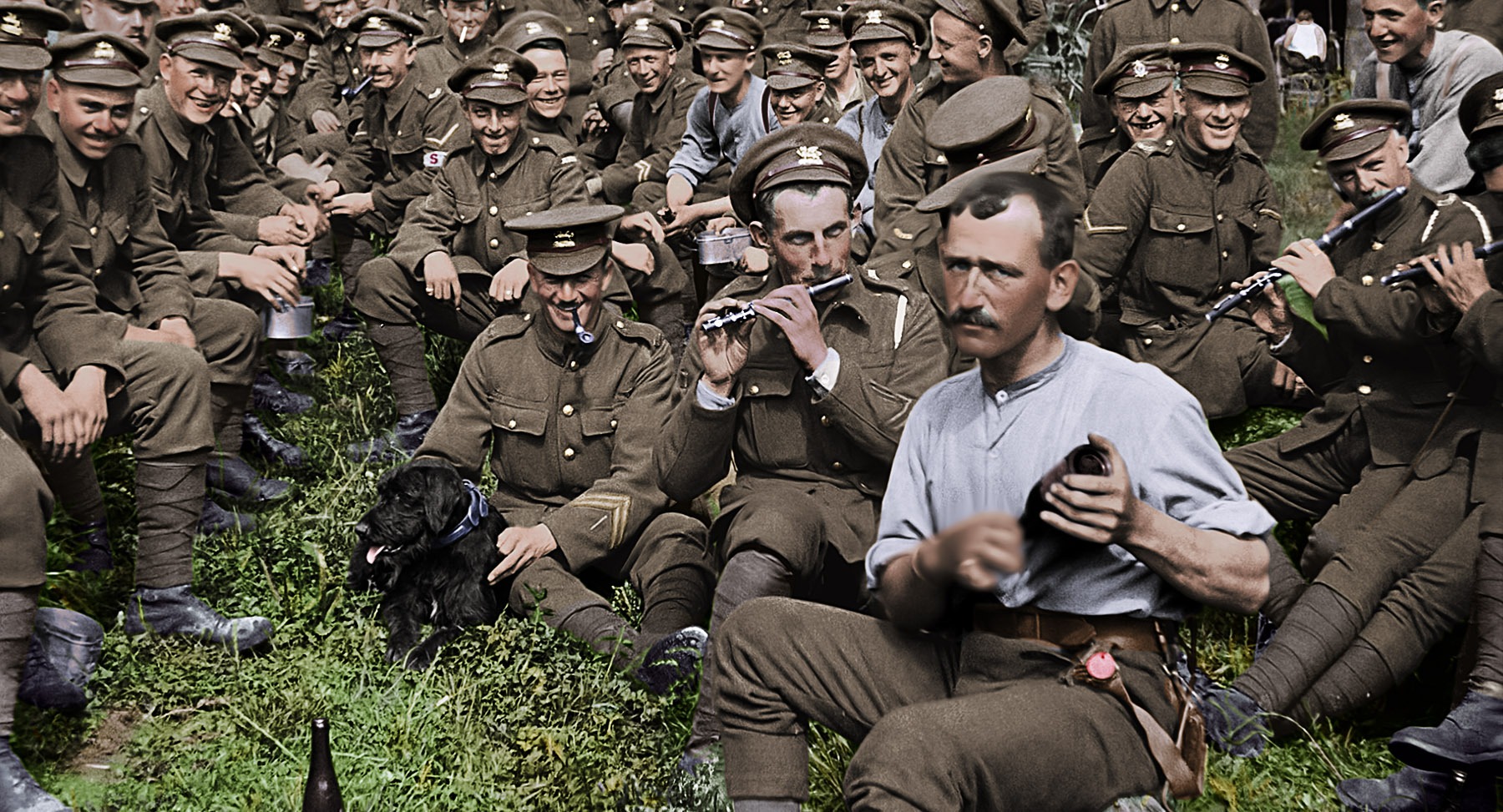
For his new film Jackson restored, colorized and applied 3D technology to images culled from 2,200 hours of World War I film stored in the archives of the Imperial War Museum, .a British institution. The film stock included duplicates of duplicates that required multiple computer-generated fixes.
Besides using wartime film footage, Jackson found ways to tell his story in the actual words of the men who lived and died in “the war to end all wars.” The archives at the museum and the BBC yielded 600 hours of taped interviews with 250 to 300 men. Jackson pieced together their voices to narrate the movie, instead of hiring historians or celebrity hosts for voiceovers.
To re-create dialogue in scenes where soldiers are speaking on film, professional lip-readers were pressed into service to determine what was said. Actors who lip-synched the soldiers learned accents appropriate to the regions the soldiers called home.
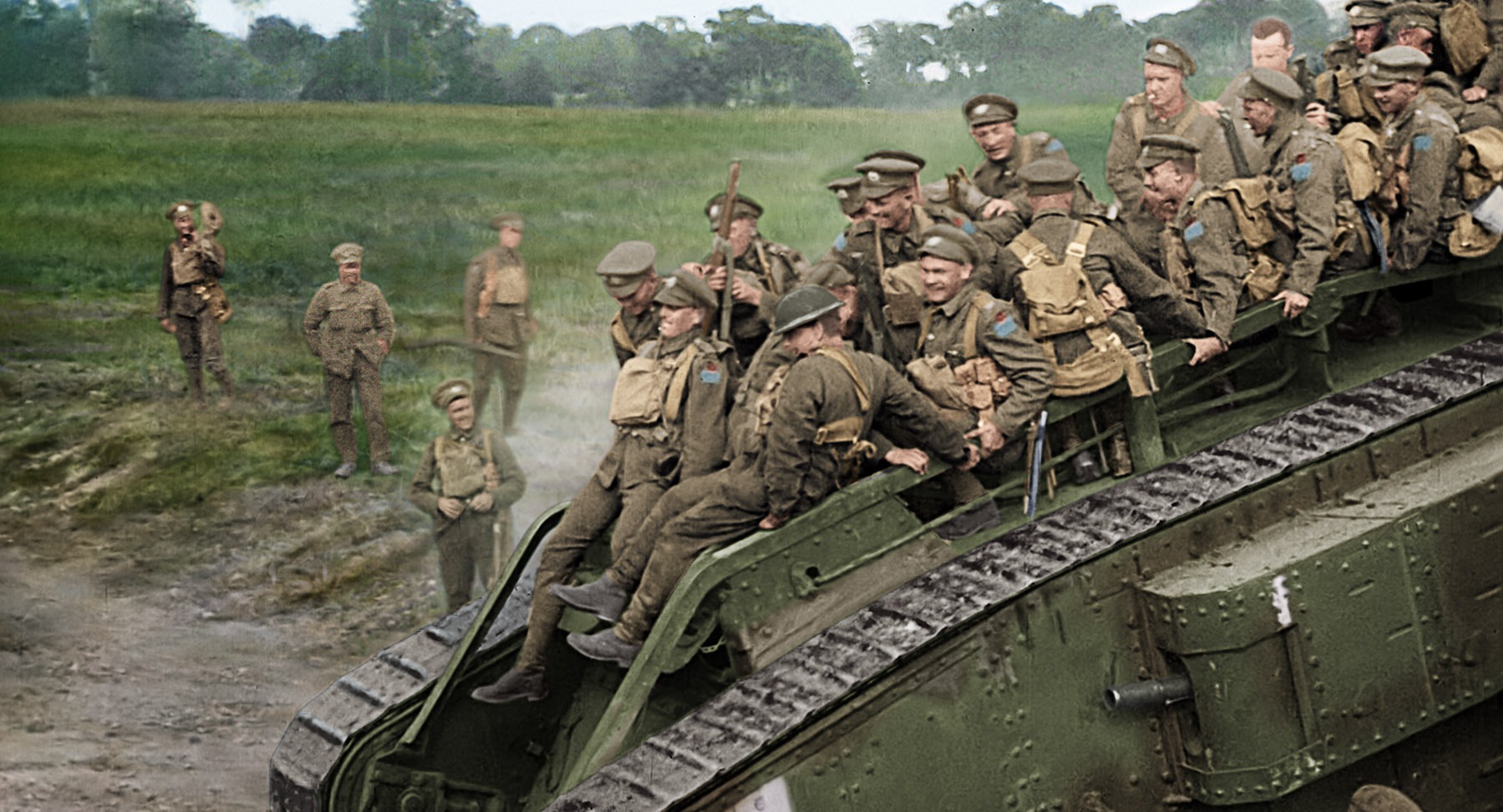
Besides using the soldiers’ own voices for narration, Jackson sought to capture the appropriate “voices” for the weapons seen in the film. He reproduced the sounds of the specific firearms and explosives seen in the movie instead of relying on the usual technique of substituting “generic” battle sounds captured from random firearms.
While making the movie, Jackson discovered that the soldiers of the opposing sides realized they had much in common. Whether German or Allied, every soldier suffered in the squalor along the edges of no man’s land. In one scene, German and British medics put hostilities aside and worked together to save the lives of the wounded, regardless of which uniform they wore. — Ed McKinley



